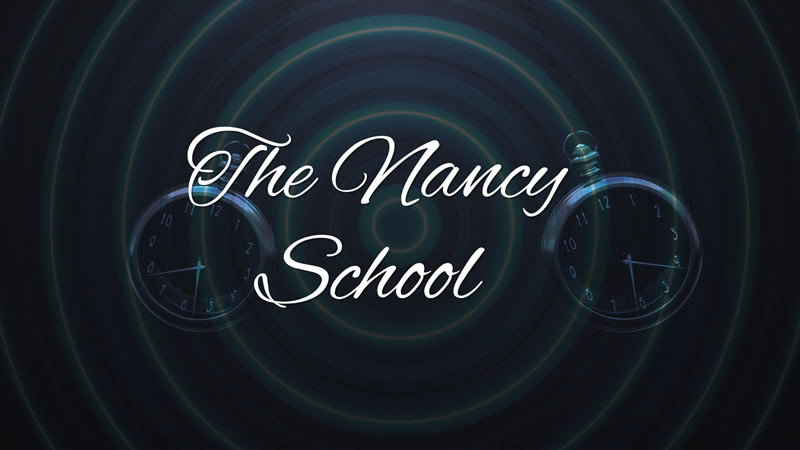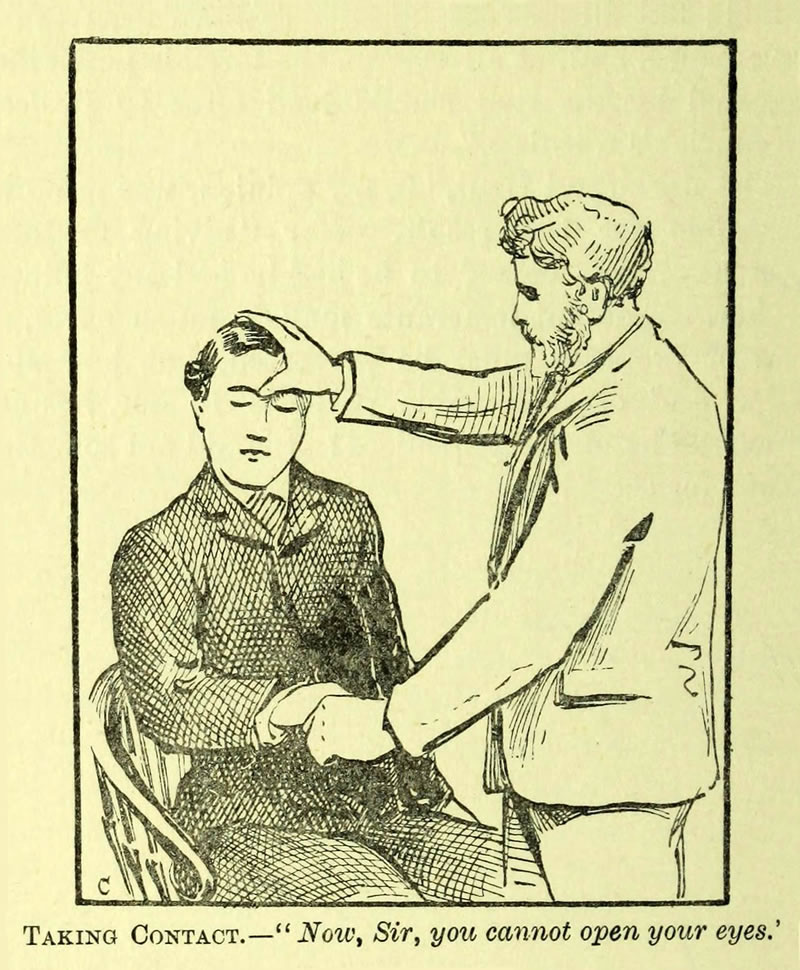1850 – The Nancy School
Login or Register to watch the video, take the online quiz, and receive your free Hypnosis in History eBook and CEU Certificate.
After James Braid’s new research into Hypnosis during the 1840’s and 50’s, scientists around Europe began experimenting with the process in ever greater numbers.
For the last half of the 19th Century, the greatest amount of research and academic debate came out of France, spurred on by an intense ideological rivalry between two dramatically conflicting schools of thought. The Nancy School, led by Ambroise Liebeault and Hippolyte Bernheim,
and the Salpêtrière School, led by Jean-Martin Charcot.
Ambroise Liebeault
Not long after graduating from medical school and opening a small general practice in the French town of Nancy, Ambroise Liebeault became acquainted with a student of James Braid and became fascinated with the concept of hypnotism.
After learning the skill, he began independently using it with his patients, attempting to ease their pain and quicken their healing. Had his practices not come to the attention of a professor of neurology at the University of Nancy a number of years later, it is likely that Dr. Liebeault would have faded out of history as yet another country doctor dabbling in Hypnosis.
But as fate would have it, a patient came to Dr. Liebeault who was troubled with chronic sciatica and found no relief from the treatments of the young university professor trying to help him.
Dr. Hippolyte Bernheim
After a short series of Hypnosis, which resulted in the disappearance of his chronic pain, the patient returned to visit the university doctor, Hippolyte Bernheim, to let him know that he was cured.
Dr. Bernheim was fascinated and puzzled at his patient’s unexpected speedy recovery and quickly became acquainted with Dr. Liebeault in order to learn about his methods.
Though nearly 20 years apart in age, and both possessing very different sets of skills and experiences, the two doctors became friends and professional colleagues, soon taking other interested doctors under their wing, teaching them Hypnosis and experimenting with its possible uses.
Suggestive Therapeutics
The Nancy School, as Liebeault and Bernheim’s organization came to be called, believed that Hypnosis was a natural curative process that operated through the use of mental suggestion, a concept that they called “Suggestive Therapeutics.”
Liebeault pioneered the idea of using different hypnotic depths for different presenting issues, as well as the use of repetitive suggestions.
Confabulation and False Memories
Bernheim, on the other hand, became fascinated with confabulation and false memories, the ability of hypnotized patients to invent new memories or accept false suggested ones as fact, and provided some of the earliest research on the subject.
In 1891, Bernheim related the story of a particular patient to whom he suggested an invented memory while in Hypnosis.
He told the patient that during the previous night, his sleep had been disturbed by a noisy neighbor who spent much of the night singing with the windows open.
Upon awakening, and when asked by Dr. Bernheim about his sleep the night before, the patient recounted the invented memory and swore to its reality.
Bernheim also felt that trying to understand Hypnosis as a single phenomenon was restrictive, and suggested that it was the result of numerous factors leading to a state of suggestion.
The Salpetriere School
Throughout the late 19th Century, the work of the Nancy School was under intense opposition from a more highly regarded group academically, Charcot’s Salpêtrière School in Paris.
Self Test
Question: Liebault and Bernheim are credited with what hypnotic phenomena?
- Mental Suggestion
- Eye Fascination
- Confabulation
- Artificial Somnambulism




